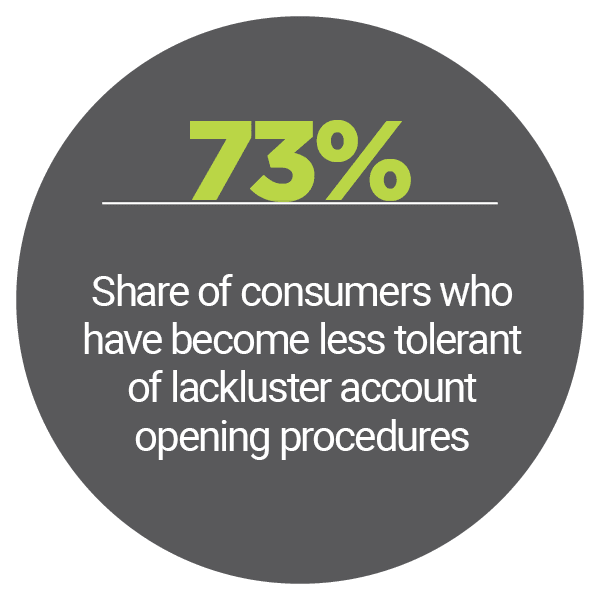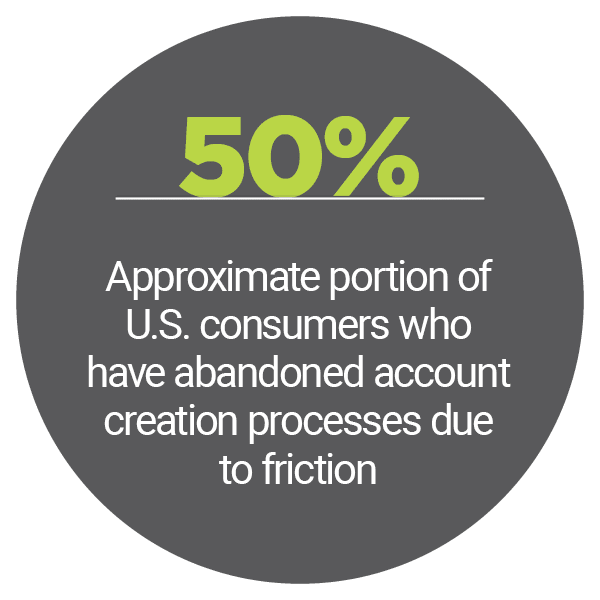Report: Helping Online SMBs Bridge The AML Compliance Knowledge Gap

Money laundering is a pervasive threat, with the United Nations estimating that up to $2 trillion is laundered each year, equivalent to 5% of the global gross domestic product (GDP).
Cybercriminals deploy a variety of tactics to process their ill-gotten gains, ranging from techniques as basic as exchanging gift cards to ones as advanced as setting up fake eCommerce storefronts.
Financial institutions (FIs), payment providers and FinTechs are deploying numerous technologies to keep money launderers away, including artificial intelligence (AI) and data analytics. Such tools are essential not only for preventing cybercrime, but also for keeping government oversight agencies from slapping them with massive noncompliance fines.
The latest “AML/KYC Tracker®” explores the use of AI to streamline anti-money laundering (AML) and know your customer (KYC) processes, changing customer expectations for bank security measures, and an in-depth look at how eCommerce platforms keep money launderers away from their storefronts.
Developments Around The AML/KYC Space
AI is quickly becoming more widely accepted as an AML measure, especially for banks in Asia. A survey of Hong Kong banks found that 83% believe their AML procedures could be enhanced through the use of AI, although their adoption has been slow because of the difficulty in modifying their legacy systems. Ninety-one percent of the city’s banks still use older, rules-based systems, but the flaws of these systems — including their propensity for difficult upgrades — are becoming widely known.
 One of the most prominent AML difficulties that AI aims to solve is its often-difficult customer onboarding processes, where obtrusive AML and KYC procedures cause many potential customers to abandon the processes. A study found that almost half of all U.S. consumers have done so because they thought it was too difficult or untrustworthy, an increase from the 37% of consumers who said the same last year. Two-thirds of customers also felt that companies’ account security measures were subpar.
One of the most prominent AML difficulties that AI aims to solve is its often-difficult customer onboarding processes, where obtrusive AML and KYC procedures cause many potential customers to abandon the processes. A study found that almost half of all U.S. consumers have done so because they thought it was too difficult or untrustworthy, an increase from the 37% of consumers who said the same last year. Two-thirds of customers also felt that companies’ account security measures were subpar.
Customers recognize the need for ironclad security, however, even if there is some friction in the onboarding process. A study from identity verification service Trulioo found that 62% of consumers prefer onboarding experiences that prioritize security over speed across nearly all industries, but only to an extent. All customers expressed displeasure with poor account opening experiences, with 73% saying they have become less tolerant of these deficiencies over the past few years.
For more on these and other AML/KYC news items, download this month’s Tracker.
Streamlining AML And KYC Procedures Via AI
Knowing money launderers’ typical techniques is crucial for payments providers, but knowing customers’ and merchants’ typical spending habits is just as important, if not more so, to detect anomalies. AI is crucial in this endeavour, according to co-heads Amit Sagiv and Volodymyr Tsukur of Wix Payments, the payments arm of web development company Wix, but AML has a number of intrinsic challenges in addition to data gathering.
In this month’s Feature Story, PYMNTS talked with Sagiv and Tsukur about how AML and KYC procedures need to be ironclad but also easy to comply with for a wide range of customers.
 Deep Dive: Leveraging AI And ML To Prevent Money Laundering
Deep Dive: Leveraging AI And ML To Prevent Money Laundering
Online commerce has surged in popularity as the pandemic has limited store traffic, with online marketplaces expected to generate $4.5 trillion annually over the next several years. These marketplaces are common targets for money launderers, however, with cybercriminals leveraging front companies and transaction laundering tactics to process their ill-gotten gains.
This month’s Deep Dive explores how money launderers exploit eCommerce payment providers, and how these companies deploy AI and machine learning (ML) to keep them off of their platforms.
About The Tracker
The “AML/KYC Tracker®,” a Trulioo collaboration, provides an in-depth examination of current efforts to stop money laundering, fight fraud and improve customer identity authentication in the financial services space.


